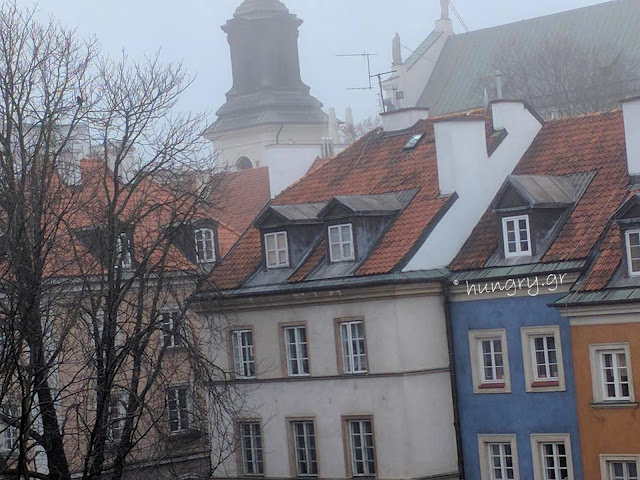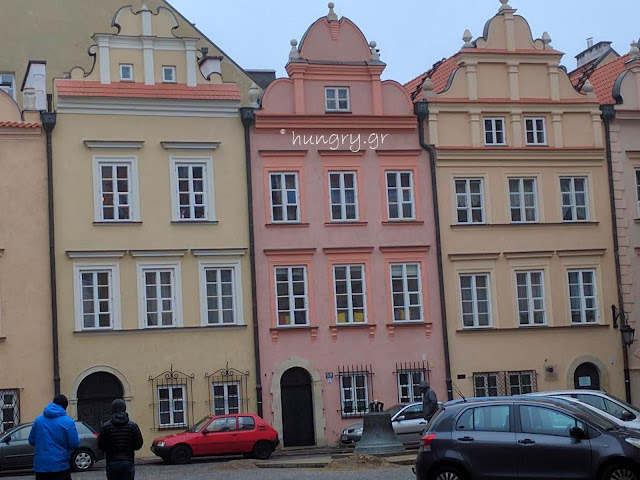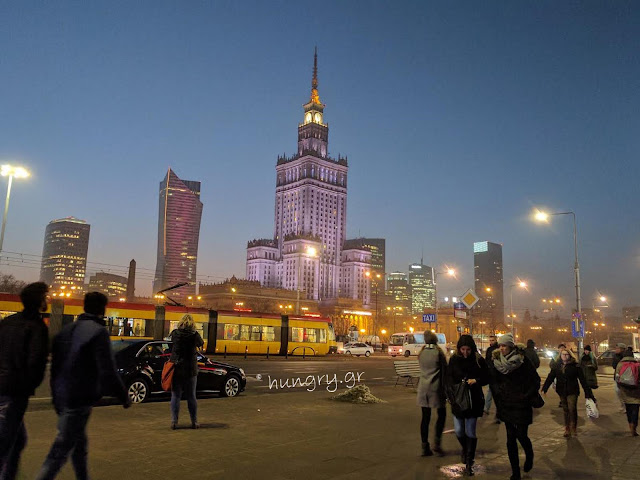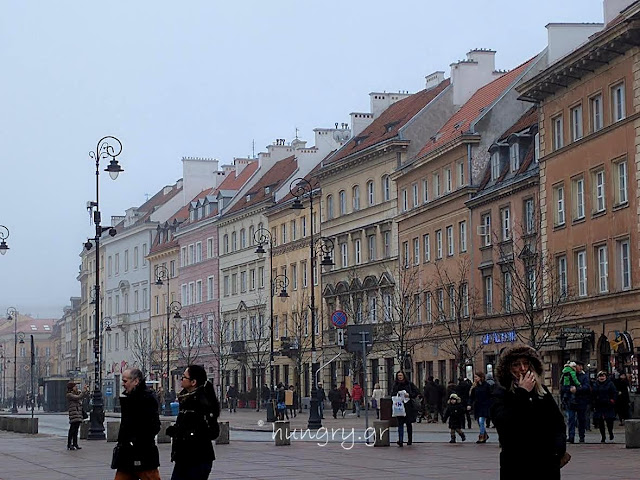

Warsaw is a city in east-central Poland and its capital with population of roughly 1.750.000. A city of contrasts with the recent past still fresh in the memories of most citizens, especially the older ones. Only the younger generation seems to escape from the nightmares of the past.
The Poles have a classy look, without being snobs; they are a cultured people with a good soul.
In 1945, after the blitz, the protests, the fights and destructions the greatest part of Warsaw was rubble. Almost 85% of the city was destroyed, including the historic Old Town and the Royal Castle. Poles, men, women and children, with the help of communist parties from neighbouring countries, rebuilt the city from scratch after the Second World War. The tried to rebuild as it was, using only old records, photos and artist's impressions. As Poland entered the EU in 2004, Warsaw's economy is going through the largest historical growth spurt.
The river Vistula splits the city in two: the right bank - called Praga - is traditionally considered poorer and less interesting from a tourist's perspective wheres most interesting sights are in the left bank.
Warsaw is a very clean city and has an underground network of two lines, many buses & trams. The city is full of squares & parks although due to the season they were covered in snow. There are many fantastic examples of Architecture from the Gothic, Renascence, Baroque and New-classical periods. Museums, castles & palaces that visitors can explore but also picturesque alleyways with bars that tourists can enjoy an aromatic glass of warm beer, especially in cold weather.
Split in effectively two cities, with the older section by far the most picturesque and interesting part of the city (in Unesco's protected cultural heritage list) and the newer city with modern buildings, reminders of the architecture styles of socialist realism. Large, wide roads, huge squares and huge, towering skyscrapers. Warsaw, along with Frankfurt, London, Paris & Rotterdam is one of the cities with the highest number of skyscrapers in Europe.
Warsaw's gastronomy will pleasantly surprise you, with many opportunities to try not only traditional Polish delicacies, but also international cuisine.
We walked for endless hours around the city, with varying weather conditions but the most memorable walk, was a stroll along the Vistula, one frozen sunset, the city covered in fog, the blue lights of the river bridge arches lighting our way. An outlandish landscape for our eyes and senses.
In 1945, after the blitz, the protests, the fights and destructions the greatest part of Warsaw was rubble. Almost 85% of the city was destroyed, including the historic Old Town and the Royal Castle. Poles, men, women and children, with the help of communist parties from neighbouring countries, rebuilt the city from scratch after the Second World War. The tried to rebuild as it was, using only old records, photos and artist's impressions. As Poland entered the EU in 2004, Warsaw's economy is going through the largest historical growth spurt.
The river Vistula splits the city in two: the right bank - called Praga - is traditionally considered poorer and less interesting from a tourist's perspective wheres most interesting sights are in the left bank.
Warsaw is a very clean city and has an underground network of two lines, many buses & trams. The city is full of squares & parks although due to the season they were covered in snow. There are many fantastic examples of Architecture from the Gothic, Renascence, Baroque and New-classical periods. Museums, castles & palaces that visitors can explore but also picturesque alleyways with bars that tourists can enjoy an aromatic glass of warm beer, especially in cold weather.
Split in effectively two cities, with the older section by far the most picturesque and interesting part of the city (in Unesco's protected cultural heritage list) and the newer city with modern buildings, reminders of the architecture styles of socialist realism. Large, wide roads, huge squares and huge, towering skyscrapers. Warsaw, along with Frankfurt, London, Paris & Rotterdam is one of the cities with the highest number of skyscrapers in Europe.
Warsaw's gastronomy will pleasantly surprise you, with many opportunities to try not only traditional Polish delicacies, but also international cuisine.
We walked for endless hours around the city, with varying weather conditions but the most memorable walk, was a stroll along the Vistula, one frozen sunset, the city covered in fog, the blue lights of the river bridge arches lighting our way. An outlandish landscape for our eyes and senses.



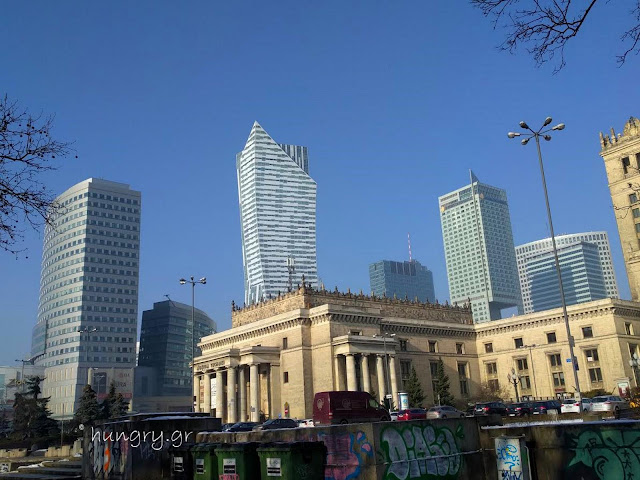

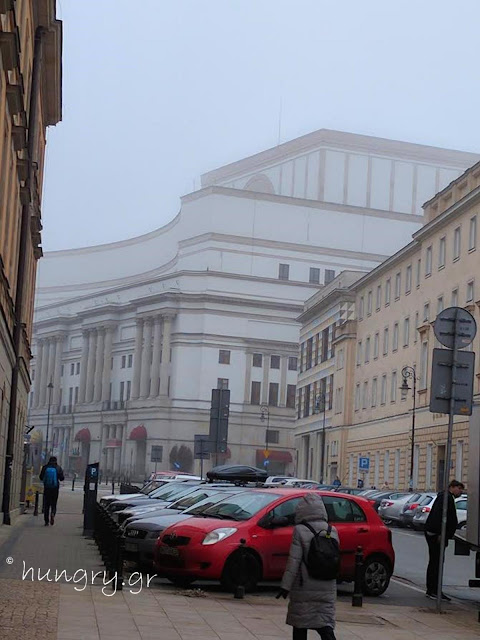



|

|

|

|

|

|

|

|

|

|

|

|

|

|

|
